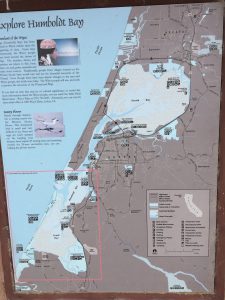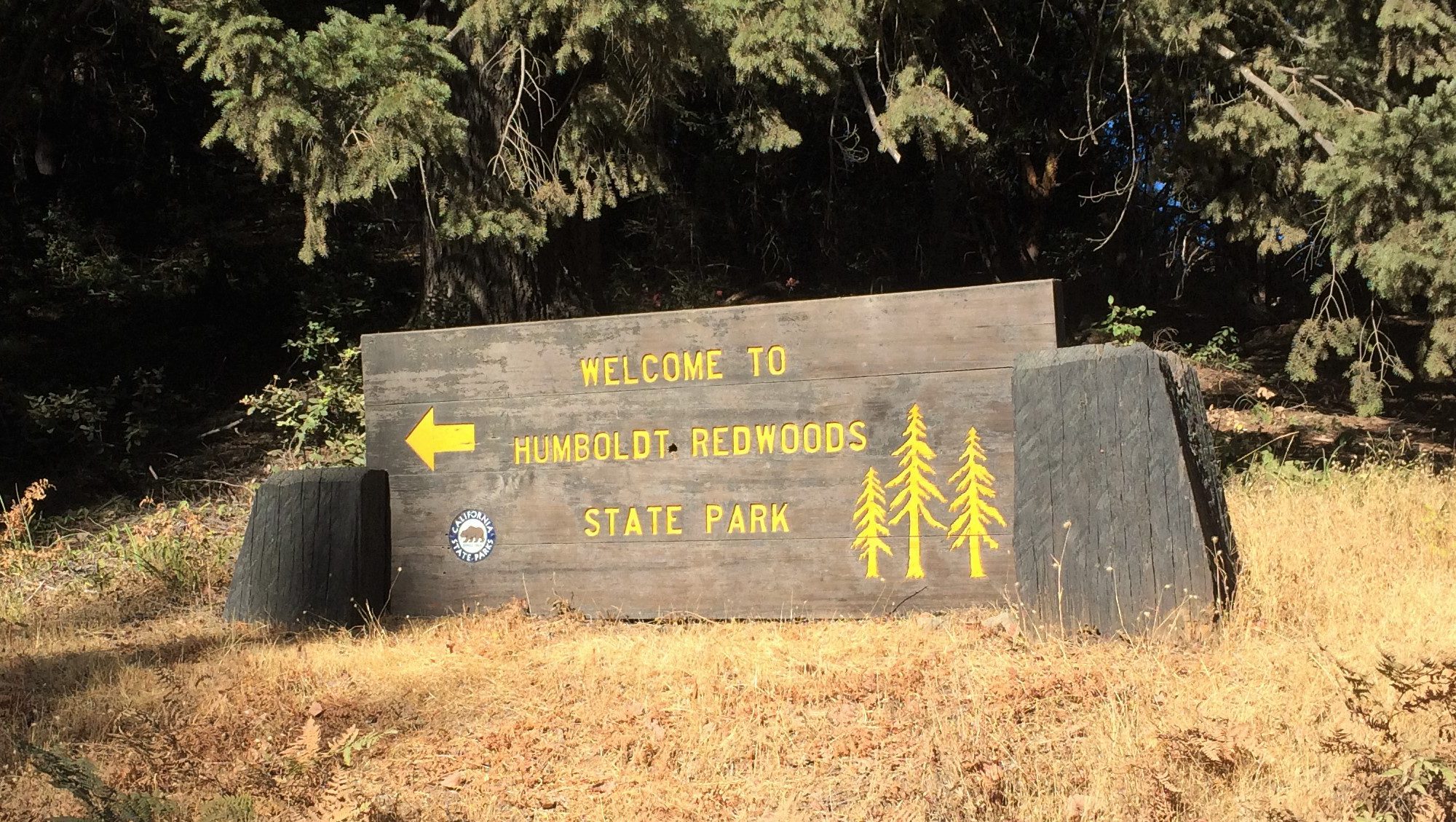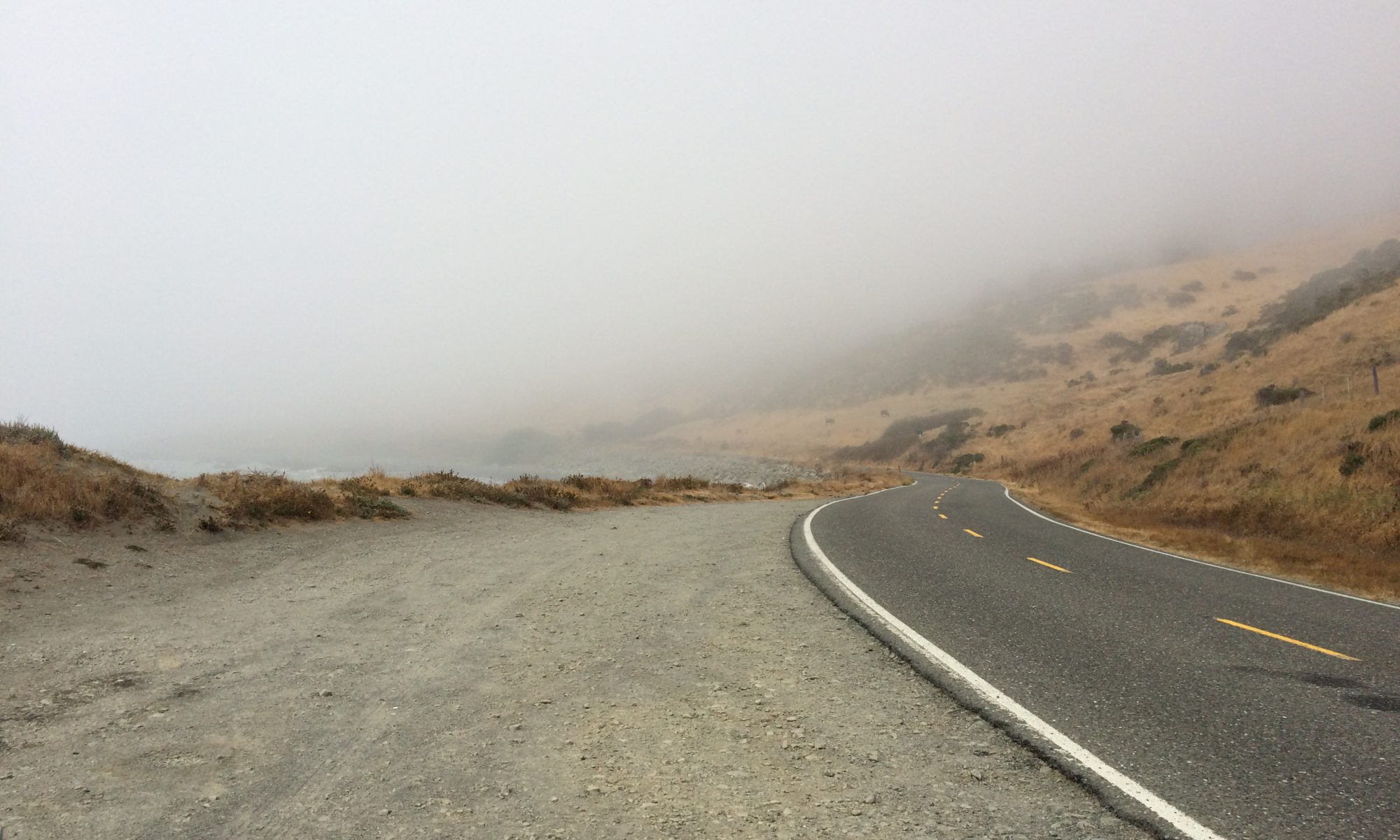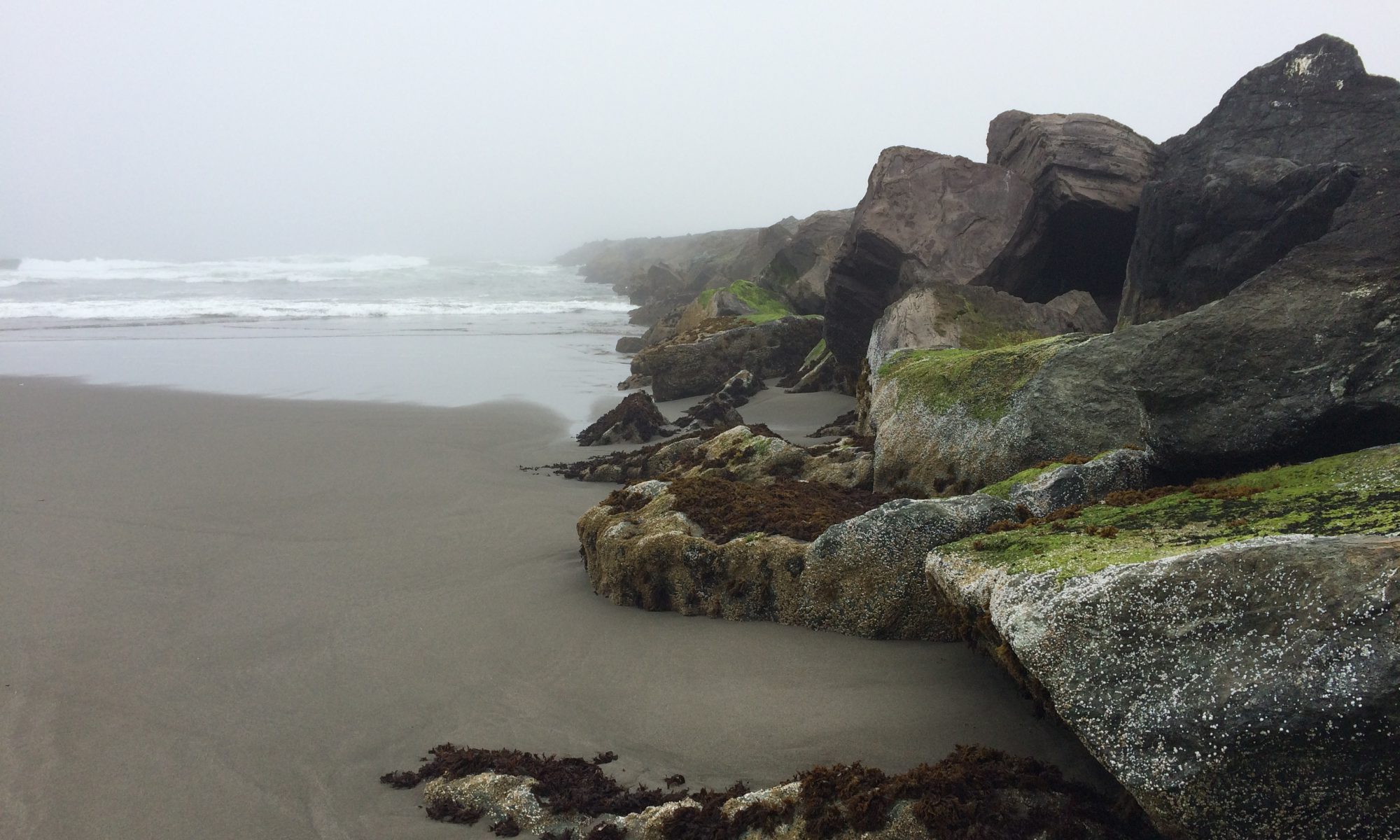Most visitors enter the redwoods from the South, coming up US 101 from San Francisco. This approach gives you a bit of a gradual introduction to the big trees; you see a few mixed in with the pines and firs in Mendocino County, then the redwoods become more frequent and the stands denser as you drive North. Coming in from the West, the transition is more abrupt. One minute you are in the rolling hills and dry grass valleys of the King Range, and then suddenly you plunge into the back side of the state park that protects the largest forest of coastal redwoods left in the world.
Humboldt County CA – Ferndale & The Lost Coast
Welcome to SoHum
Humboldt County has more coastline than any other County in California. Most of the County’s population is concentrated near Humboldt Bay in the cities of Eureka, Arcata and Fortuna, leaving the mountainous and forested areas largely vacant of humans. In my grandfather’s day, this meant the land along the coastal King Range was a good place for hunting, and he referred to the area as “down around Petrolia”. Today, this remote section is the home to Humboldts most reclusive characters, and the locals refer to it as SoHum (Southern Humboldt).
Continue reading “Humboldt County CA – Ferndale & The Lost Coast”
Humboldt Bay, California

Humboldt Bay is big – 16,000 acres. The bay’s port at Eureka is the only protected deep water harbor between San Francisco and Seattle, so Humboldt Bay is a pretty important place from both an economic and ecology perspective. If you visit Humboldt Bay today, you’ll find three distinct zones: South, North and Central.
The North and South consist of long barrier sand spits barely connected to the mainland. The Central section is the protected harbor, divided between mudflats teeming with wildlife and the City of Eureka, Humboldt County seat. Most of the central bay is private property. It’s the two spits that are the most accessible to the public as recreation areas, thanks to access roads the Corps of Engineers put it when they built a jetty at the end of each spit in 1890. The jetties were needed to stabilize the harbor entrance, which until then involved a risky transit over ever-changing sandbars.


